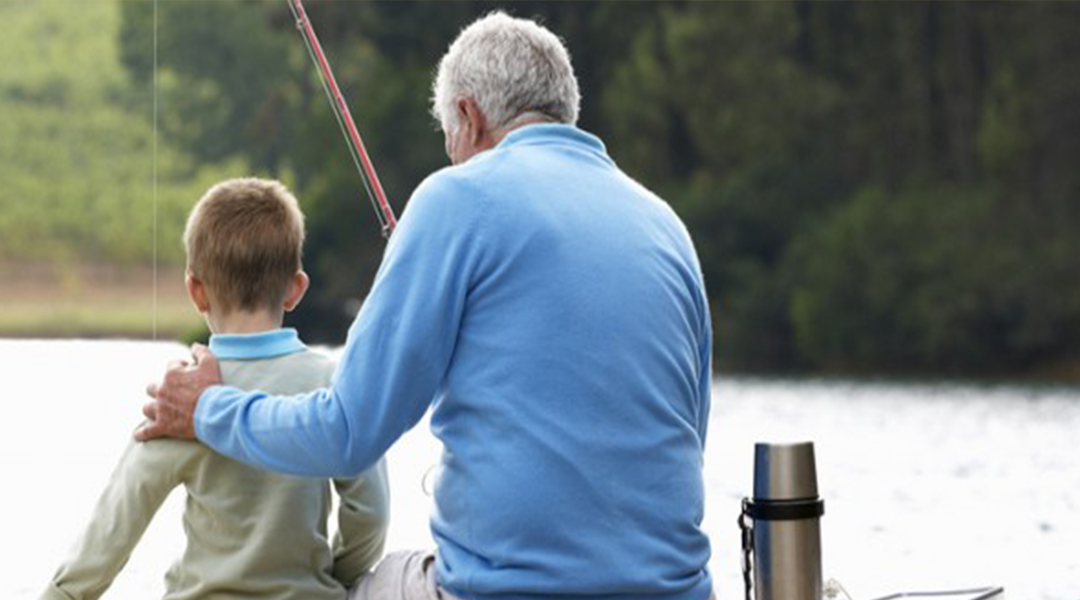Bass fishing in Georgia
Georgia not only boasts the world record for largemouth bass, but just the mention of many Georgia lakes will provoke attention from even the most experienced bass fisherman. While most waters in GA contain bass, the larger lakes like Lake Allatoona, Banks Lake, Blue Ridge Lake, Carters Lake, Chatuge Lake, Hartwell Lake, J. Strom Thurmond Lake, Lake Blackshear, Lake Jackson, Lake Seminole, Lake Sidney Lanier, Nottely Lake, Oconee Lake, Richard B Russell Lake, Walter F George – Eufaula and West Point Lake are the real draw.
In fact, Montgomery Lake gave up the world record largemouth in 1932 and Lake Chatuge holds the state record for smallmouth bass.
Bass are aggressive feeders and agile enough to chase down and catch most of their favorite foods. They are most easily caught during a feeding spree, but can also be enticed into striking an anglers bait for reasons other than hunger. They are predatory by nature and at times will strike at anything that enters their domain. If it moves and they can get it into their large mouth, bass will attempt to eat it.
Largemouth Bass, also known as Micropterus salmoides, are the largest species of bass in Georgia.
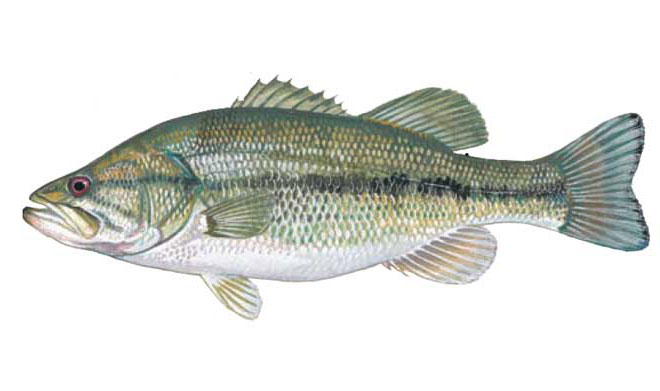
Largemouth can grow to well over 20 pounds, and has a mouth wide enough to swallow it’s own head. The largemouth bass will attempt to eat just about anything it can catch and swallow. When they are young and smaller, the largemouth bass tend to school more than when they are older. As they get bigger, they tend to become more of a loner.
Fishing for Largemouth Bass
Like any fish, your plan for catching largemouth depends on the season.
Spring –
Some good baits to use in the Spring for largemouth would be spinner baits, crankbaits, and plastic worms. TC Outdoors carries many of these kinds of baits – such as ZOOM worms, Wahoo Spinnerbait, to name a few. You’ll want to fish shallow to moderate depths, because bass tend to move to warmer water for spawning and food sourcing. One thing to try is shallow-water flippin on a cloudy day, or in murky water. Here’s a good YouTube video that demonstrates a shallow-water flippin technique:
[embedyt]https://www.youtube.com/watch?v=_Y8Tj1fZIis[/embedyt]
Summer –
Some good baits to use in the Summer for largemouth would be jigs, crankbaits, and plastic worms. TC Outdoors carries many of these kinds of baits – such as ZOOM worms, Hildebrandt to name a few. You’ll want to fish shallow to moderate depths in the mornings and evenings, and move deeper during the day. The depth depends on the lake you are fishing in. Some lakes won’t hold fish below 35 feet, while in others you will need to move to 60 feet or so.
Fall –
Some good baits to use in the Fall for largemouth would be spinnerbaits, crankbaits, and spoons. TC Outdoors carries many of these kinds of baits – such as, Hildebrandt and Wahoo to name a few. You’ll want to fish shallow to moderate depths in the mornings and evenings, and move deeper during the day. The deeper you move, try using spoons or jigs.
Winter –
Some good baits to use in the Winter for largemouth would be jigs, porkbaits, and plastic worms. TC Outdoors carries many of these kinds of baits – such as ZOOM worms, Hildebrandt to name a few. Bass are not very active in the winter, so you’ll want to move bait slow and fish under tree cover or structures. Fish depth for Largemouth in the winter. The depth depends on the lake you are fishing in. Some lakes won’t hold fish below 35 feet, while in others you will need to move to 60 feet or so.
Smallmouth Bass, or Microterus dolomieu, only grows to about half the size of the Largemouth.
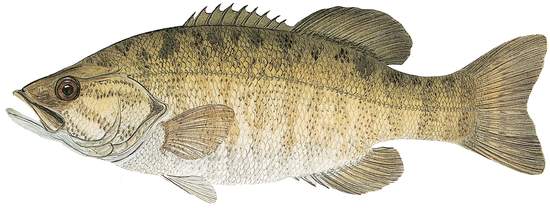
However, the smallmouth bass is much more agile, faster, and more powerful for it’s size. Smallmouth and largemouth eat pretty much the same foods, just in smaller portions than the largemouth. Smallmouth are said to be one of the finest gamefish and angler can pursue, and one of our favorites. There is nothing that quite compares to the thrill of the runs and jumps and angler will experience with a smallmouth bass at the end of their fishing line.
Fishing for Smallmouth Bass in Georgia
Spring –
Some good baits to use for spring smallmouth bass fishing in Georgia include small crankbaits, small jigs, and plastic worms. You can find many of these baits and lures at TC Outdoors in Statesboro, GA. Our expert staff can help guide you to the best baits to help you catch a feisty smallmouth bass. When fishing for smallmouth, fish shallow to moderate depths. As with the largemouth, smallmouth tend to move into warmer water for feeding and spawning. Gravel points and submerged humps are prime holding areas.
Summer –
Some good baits to use for summer smallmouth bass fishing in Georgia include small crankbaits, jigs, and plastic worms. You can find many of these baits and lures at TC Outdoors in Statesboro, GA. Our expert staff can help guide you to the best baits to help you catch a feisty smallmouth bass. When fishing for smallmouth, fish shallow to moderate depths in the mornings and evening, and move deeper as the sunrises. Crawfish are a favorite food for smallmouth bass, so use lures that mimic crawfish. Follow points and rocky or gravel structure deeper until you find the right depth.
Fall –
Some good baits to use for fall smallmouth bass fishing in Georgia include small crankbaits, small jigs, and spoons. You can find many of these baits and lures at TC Outdoors in Statesboro, GA. Our expert staff can help guide you to the best baits to help you catch a feisty smallmouth bass. When fishing for smallmouth, fish shallow to moderate depths in the mornings and evening, and move deeper torwards structure as the sunrises, and use small jigs or spoons.
Winter –
Some good baits to use for winter smallmouth bass fishing in Georgia include plastic worms, jigs, and spoons. You can find many of these baits and lures at TC Outdoors in Statesboro, GA. Our expert staff can help guide you to the best baits to help you catch a feisty smallmouth bass. When fishing for smallmouth, fish shallow to moderate depths in the mornings and evening, and move deeper as the sunrises. Smallmouth are less active in cold water, so move your bait in a slow and easy-to-catch manner.
Spotted Bass, or Micropterus punctulatus, can be easily identified by the dominant spots along the lateral lines of their back.
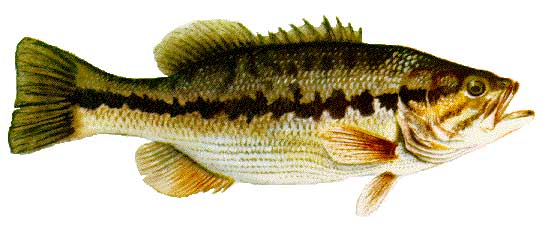
Typically found in the southestern states, spotted bass are often called Kentucky bass, Alabama spotted bass, Kentucky spotted bass, and Kentucky Spots. Spotted bass prefer warmer water temperatures, typically from around 70 to 78 degrees. Spotted mouths are typically smaller than a largemouth, so you’ll want to use lures more like what you would use for smallmouth bass. Spotted feed on insects, smaller fish (such as minnows), crustaceans, frogs and worms. TC Outdoors in Statesboro, GA has plenty of live bait for your smallmouth bass fishing trip.
Shoal Bass, or Micropterus cataractae, are closely related to spots, and are often mis-identified as a redeye due to the red coloring in its eye.
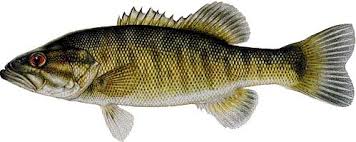
The coloring of a Shoal Bass is brownish, similar to the smallmouth. It is primarily found in the waters of Florida, Georgia and Alabama, and enjoys a warmer climate. Shoal bass can be found in lakes, rivers, and streams. Your fishing technique for shoal bass should be the same as for other bass, and look for them on shoals and similar structure. the Shoal bass prefer water from around 65 to 72 degrees.
Redeye Bass, or Micropterus coosae, looks similar to the largemouth, but with a red eye and red coloration on the tail.
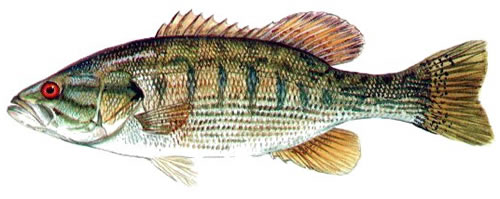
Redeye are typically found in the southeast part of the United States, and are often confused with the Shoal bass. They prefer water temperatures from 65 to 70 degrees, and is often found in cool streams and rivers. When fishing for redeye bass, use typical bass tackle, but lean towards the smaller baits and lighter tackle. If you enjoy fly fishing, the redeye bass are a good species to fly fish for.
Do you have anything to add, or more hunting, fishing, and outdoor knowledge to share? We would love for you to submit your information. Use the contact us tab to submit your story ideas and information.

